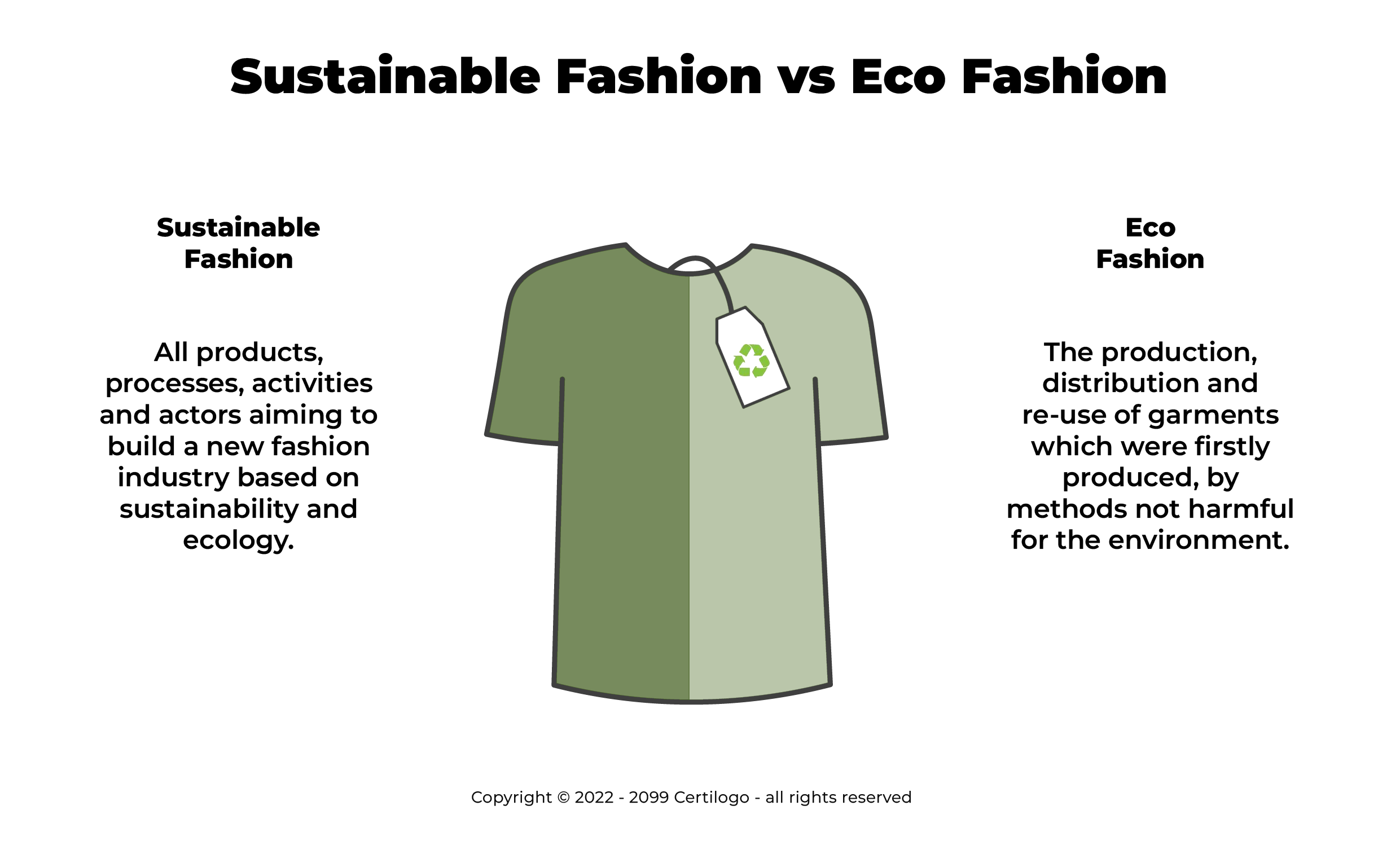Cape Town Sustainable Fashion Week: Highlighting Environment-friendly Innovations
Cape Town Sustainable Fashion Week: Highlighting Environment-friendly Innovations
Blog Article
Stay Ahead of the Contour by Exploring Cutting-edge Style Fads
In an industry as dynamic as style, staying in advance involves greater than simply adhering to current fads-- it requires an expedition of technology. Smart fabrics, as an example, are transforming garments right into functional work of arts, while 3D printing is changing design procedures with its customizable, waste-reducing capacities. As sustainability ends up being a cornerstone, developments like environment-friendly materials and round style practices are reshaping ecological duty - Cape Town Sustainable Fashion. Additionally, the merging of modern technology and style advertises a brand-new period of consumer involvement. How, after that, can these arising patterns redefine the future of style, and what implications do they hold for brand names seeking to grow in this developing landscape?

Accepting Smart Textiles
In the last few years, the style market has experienced a transformative shift with the assimilation of clever fabrics, an innovative advancement that mixes modern technology with textile. This advancement stands for not just a blend of aesthetics and capability but likewise a substantial jump towards sustainability and customization in style. Smart fabrics, likewise understood as e-textiles, embed advanced electronics such as sensing units and conductive threads within the fabric, enabling garments to interact with the user or the environment.
These fabrics are developed to keep an eye on physical criteria, such as heart rate or body temperature level, providing real-time health and wellness analytics. Past health and wellness applications, smart textiles are also being utilized for flexible clothes, which can alter shade or pattern in response to environmental stimuli, thus providing a dynamic fashion experience.
In addition, the growth of energy-harvesting fabrics that create power from activity or sunlight is leading the method for self-dependent wearable innovation. This development is appealing to ecologically conscious consumers and designers intending to decrease the environmental footprint of fashion. As study and development in this field development, smart fabrics are expected to come to be increasingly prevalent, improving the landscape of modern-day fashion with their multifunctional capabilities.
The Increase of 3D Printing
Revolutionizing the manufacturing landscape, 3D printing has become a game-changer in the apparel industry. This sophisticated modern technology has actually enabled developers to push the boundaries of creative thinking, generating detailed and personalized garments that were formerly unthinkable. By leveraging digital layout and additive manufacturing, 3D printing facilitates the creation of intricate geometries and patterns, allowing developers to experiment with new appearances and structures.
A remarkable benefit of 3D printing in fashion is its capacity to create on-demand, decreasing waste and lowering inventory needs. This efficiency not just optimizes manufacturing procedures yet also permits quick prototyping, enabling developers to bring their visions to life in a much shorter duration. Additionally, 3D printing sustains customization to a degree unmatched by conventional approaches, offering personalized fits and special styles customized to private customer choices.
The surge of 3D printing has actually likewise democratized fashion, making it available to emerging developers who can now fabricate top quality pieces without considerable economic investment in conventional manufacturing facilities. As technology remains to breakthrough, the fashion business is poised to harness the complete possibility of 3D printing, discovering brand-new products and strategies that will undoubtedly redefine just how fashion is developed and produced.
Sustainable Style Technologies
As the apparel industry faces the pressing demand for environmental duty, lasting fashion developments have emerged at the leading edge of transformative change. The expanding understanding of ecological effect has sustained a shift towards more eco-conscious techniques and products. Designers and brand names are now prioritizing sustainability, incorporating methods that lessen waste and reduce carbon impacts.
One considerable advancement is the surge of circular style, which emphasizes recycling and upcycling to expand the lifecycle of garments. This method not just reduces waste but likewise urges customers to take on a more mindful technique to garments intake.
Another development depends on the fostering of cutting-edge other dyeing techniques that utilize natural dyes or waterless processes, thereby minimizing the huge quantities of water and chemicals generally made use of in fabric dyeing. In addition, innovations in biotechnology have actually brought about the creation of lab-grown natural leather and textiles, offering cruelty-free and eco-friendly alternatives to standard products. With these introducing initiatives, the fashion business is making significant strides in the direction of a much more sustainable future.

Tech-Integrated Clothing
Tech-integrated apparel stands for an innovative fusion of style and innovation, improving how people connect with their clothing. This cutting-edge domain is marked by the inclusion of smart textiles and ingrained electronic parts, enhancing both performance and visual allure. From fitness trackers embedded in sports apparel to warmed coats controlled through mobile phone applications, tech-integrated garments offers consumers unmatched comfort and flexibility.
Pioneering brand names are driving this pattern, concentrating on creating garments that react to environmental stimuli or customer commands. For example, some garments can alter shade or pattern in action to temperature shifts, while others integrate biometric sensors to keep track of wellness metrics like heart rate or anxiety degrees. The smooth integration of innovation into fabrics also encompasses ecological sustainability, with initiatives to create self-cleaning textiles or garments that get used to climate condition, hence minimizing the requirement for several layers.
In addition, the advent of wearable modern technology is not simply limited to clothing however encompasses accessories like watches and eyewear, further expanding the extent of tech-integrated style. As the industry continues to innovate, the capacity for customization and personalization in clothing grows, using consumers distinct, tech-enhanced fashion experiences that cater to their specific demands and choices.
Future of Virtual Fashion
In the last few years, the future of digital style has actually emerged as a transformative pressure within the sector, leveraging innovations in electronic technology to redefine just how style is produced, experienced, and eaten. By incorporating enhanced reality (AR), virtual truth (VIRTUAL REALITY), and 3D style tools, designers can currently craft immersive and interactive experiences that go beyond typical style boundaries. Virtual style enables for the development of garments that exist only in article source electronic atmospheres, using endless opportunities for advancement without the restrictions of physical production.
This digital shift not just provides opportunities for innovative expression but additionally addresses sustainability worries integral in standard fashion techniques. Cape Town Sustainable Fashion. By getting rid of the requirement for physical resources, digital fashion lowers waste and minimizes carbon impacts. Furthermore, the rise of online fashion lines up with the increasing consumer demand for customized and special experiences, as online garments can be customized and tailored to individual preferences easily

Final Thought
The fashion industry's future lies in the assimilation of ingenious technologies and lasting techniques - Cape Town Sustainable Fashion. Smart fabrics and tech-integrated garments are improving functionality, while 3D printing supplies possibilities for customization and waste decrease. Sustainable style, with eco-friendly materials and round approaches, shows a commitment to environmental stewardship. Furthermore, online fashion is positioned learn this here now to redefine customer interactions. Adjusting to these patterns is crucial for brand names seeking to continue to be pertinent and competitive in this quickly progressing landscape.
In recent years, the fashion market has actually experienced a transformative change with the assimilation of wise textiles, a cutting-edge innovation that mixes technology with fabric.As the style market grapples with the pushing need for ecological duty, sustainable fashion technologies have actually emerged at the forefront of transformative modification.In current years, the future of online fashion has emerged as a transformative force within the sector, leveraging innovations in electronic innovation to redefine just how style is created, experienced, and consumed. The rise of online style aligns with the raising consumer need for special and individualized experiences, as digital garments can be customized and customized to individual preferences with convenience.
The style market's future lies in the assimilation of lasting methods and ingenious modern technologies.
Report this page